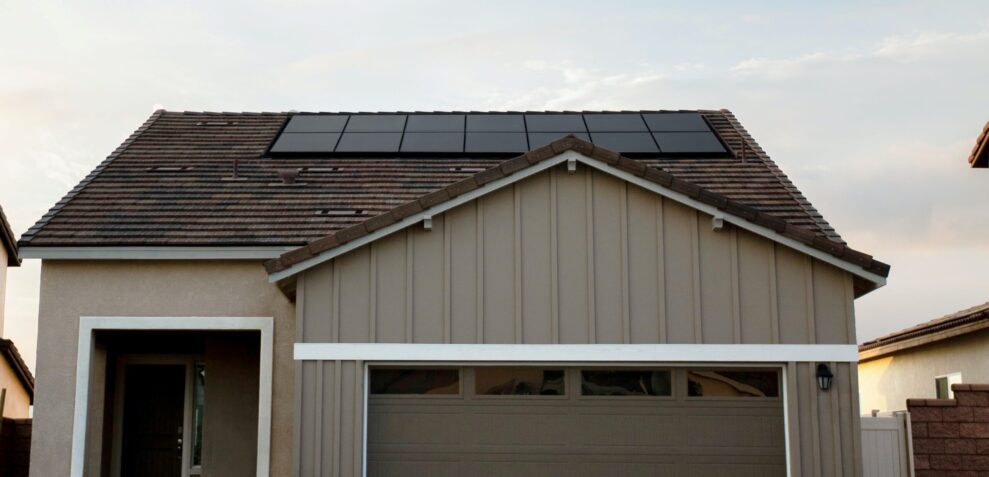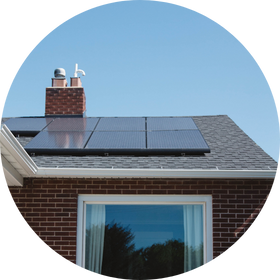
How California’s Rooftop Solar Program Will Change in 2023
What you need to know if you’re thinking about going solar
The California Public Utilities Commission (CPUC) issued a decision on December 15, 2022 that changes the way net energy metering (NEM) works in California. On April 15, 2023, new solar customers will be enrolled in the new Net Billing Tariff (NBT) where customers will be credited for electricity they export based on its value to the grid. Based on a press release from the CPUC, these changes were made to promote grid reliability, incentivize battery storage, and control electricity costs for all Californians.
What does this mean for existing and future solar customers?
Existing Solar Customers
- The CPUC’s decision does not impact existing rooftop solar customers.
- You will maintain your current compensation rates.
- You will continue to remain on your current NEM tariff for 20 years after your system was connected to the electric grid.
- You can add battery storage without changing to the NBT.

Future Solar Customers
- If you submit an application to install rooftop solar to PG&E on or after April 15, 2023, you will be enrolled in the new Net Billing Tariff (NBT).
- The CPUC estimates that the average residential customer could still save over $100 a month on their energy bill through NBT.
- In addition, the CPUC’s decision provides extra electricity bill credits to residential customers who adopt solar or solar paired with battery storage in the next five years. Customers are guaranteed these extra bill credits for nine years. According to the CPUC, these bill credits combined with energy bill savings will allow customers to fully pay off systems in nine years or less.
- The Inflation Reduction Act increased the federal tax credit for solar systems to 30% and now includes a 30% credit for battery storage.
- The CPUC expects that NBT will incentivize more customers to couple their solar systems with battery storage so they can store solar electricity produced in the daytime and export it in the evening when the grid needs it the most for reliability. This means adding a battery could help reduce payback periods for new solar customers because exported energy is worth more in the evening.
- The State will have millions in funding for upfront incentives for customers with lower incomes to make installing solar and battery storage more affordable. This funding will be available starting July 1, 2023.
Solar can power your all-electric home
If you are planning to go all-electric, install a heat pump heating and cooling system, heat pump water heater, or drive an electric vehicle (EV), solar could make sense for you. Syncing the electricity use of your most energy-intensive appliances and EV charging to when solar is producing during the day helps you make the most of the energy you generate, cuts emissions, and could help save on your power bill.
SVCE currently has rebates available for heat pump heating and cooling systems and heat pump water heaters. Learn more: svcleanenergy.org/home-rebates.
The CPUC will publish further details about NBT this spring.



